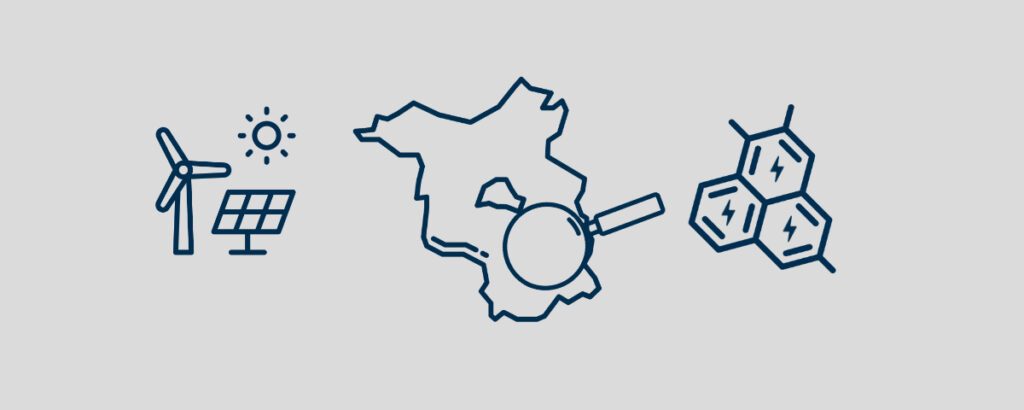Energy Cells Lübben

Project description
In this project, scientists from RLI are developing an online energy cell model for the municipal utilities of Lübben in Brandenburg, which supports the integration of hydrogen and renewable energies into the energy system. The project’s goal also includes improving the hydrogen components in the analysis tool open-plan and enhancing its user-friendliness. The results and application of the tool will be presented in town hall meetings at the end of the project.
Development of an Online Energy Cell Model
The cellular energy system is an organizational model for energy supply. According to the principle of subsidiarity, the physical balance between energy supply and demand is established as much as possible at the local level, with only the residual load balanced at the next higher level. An energy cell consists of infrastructure for various forms of energy (e.g., electrical or chemical). For the online energy cell model in Lübben, the project team is further developing the open energy system analysis tool open-plan, adding components, and adapting existing ones. This increases user-friendliness, enabling authorities and local energy systems to digitally plan, analyze, and optimize. The tool already features an intuitive user interface and a variety of components for depicting different energy cells. The project team will add default values, allowing various scenarios to be created and simulated even without technical knowledge.
Application of the Model and Creation of a Manual
In the next step, the scientists will apply the energy cell model to the Lübben region, with a particular focus on the use of hydrogen. The results will be documented in an easy-to-understand manual for users, which will also include a step-by-step guide to the required inputs.
Simulation and Evaluation
Based on the modeling, the scientists will simulate the energy system in Lübben. For the integration of hydrogen, they will define priorities for the modeling in consultation with local stakeholders and simulate up to three scenarios using support years (2030, 2040, 2050). The results will be summarized in a report, deriving insights for the design of a hydrogen economy in the region. These insights could also be relevant for other regions in Central Europe. Hydrogen holds great potential for sector coupling and thus for the use of electricity from regional renewable energy plants. This project contributes to increasing sustainability in regional energy supply.
Project Duration: May 2024 – April 2025
Tasks
- Improve Hydrogen components in the open-plan-tool and usability
- Create a user guideline for the open-plan-tool
- Simulate the energy system in Lübben
- Organize a Town-Hall-Meeting


